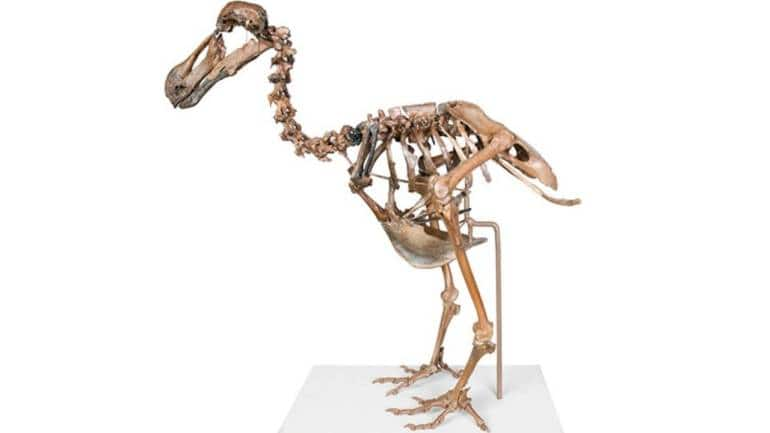



The dodo, often relegated to the pages of history as a symbol of extinction and folly, was far from the sluggish and foolish creature it’s been made out to be. In reality, this now-extinct bird was a formidable force in its natural habitat, equipped with speed and power that belied its unfortunate fate. In a bid to demystify the dodo and its lesser-known relative, the Rodrigues Island Solitaire, a team of researchers from the University of Southampton, the Natural History Museum, and the Oxford University Museum of Natural History embarked on an exhaustive study. They sifted through 400 years of scientific records to shed light on these enigmatic birds. While the Solitaire remains largely obscure to the general public, the dodo is a household name—albeit one steeped in myth and misconception.
The Myths and Misconceptions of the Dodo
Both the dodo and the Solitaire vanished from the Earth before they could be thoroughly studied. “The dodo was the first living creature to be documented as existing and then disappearing,” said Neil Gostling, co-author of the study. “Before this, the idea that humans could alter God's creation so drastically was unthinkable.” First-hand descriptions of the dodo mainly came from Dutch sailors, artists’ renditions, and a handful of remains, none of which were enough to classify the bird accurately. Over time, misinformation spread, leading to erroneous claims of multiple species like the Nazarene Dodo, the White Dodo, and the White Solitaire—none of which actually existed. Just 64 years after its classification, the dodo was extinct, followed less than a century later by the Rodrigues Island Solitaire. The lack of knowledge was so profound that by the 18th and early 19th centuries, some even doubted their existence, blurring the lines between fact and fiction. It wasn’t until Victorian scientists rigorously investigated that the truth emerged.
 Most contemporary dodo skeletons are assembled from the bones of multiple individuals. (Image: The Trustees of the Natural History Museum, London)
Most contemporary dodo skeletons are assembled from the bones of multiple individuals. (Image: The Trustees of the Natural History Museum, London)
The Final Days of the Dodo: Misunderstood and Doomed
Despite this revelation, debates about these birds persisted for centuries. Disagreements over the number of species and their classifications led this modern research team to revisit the mystery. Their findings confirmed that both the dodo and the Solitaire were members of the Columbidae family, which includes doves and pigeons. With their extinction, an entire branch of this avian family tree was lost. Contrary to the image of a sluggish bird, contemporary accounts describe the dodo as a fast-moving forest dweller. Anatomical analysis reveals that the tendon responsible for closing toes—linked with running and climbing birds—was “exceptionally powerful.” This suggests the dodo was an active, agile animal well-adapted to its environment.
However, these adaptations were no match for the sudden and disruptive arrival of humans and their accompanying animals on the island of Mauritius. The dodo, though perfectly suited to its predator-free home for millions of years, was ill-equipped to deal with the new threats. Livestock trampled their nests, rats preyed on their chicks and eggs, and the dodos themselves fell victim to dogs, cats, and human hunters. Lacking any natural fear, they were doomed from the moment humans set foot on their island. The dodo stands as a poignant reminder of the irreversible impact human activity can have on the natural world. Far from being a creature of folly, the dodo was a marvel of evolution—tragically undone by forces it never had the chance to understand.
Discover the latest Business News, Sensex, and Nifty updates. Obtain Personal Finance insights, tax queries, and expert opinions on Moneycontrol or download the Moneycontrol App to stay updated!
Find the best of Al News in one place, specially curated for you every weekend.
Stay on top of the latest tech trends and biggest startup news.